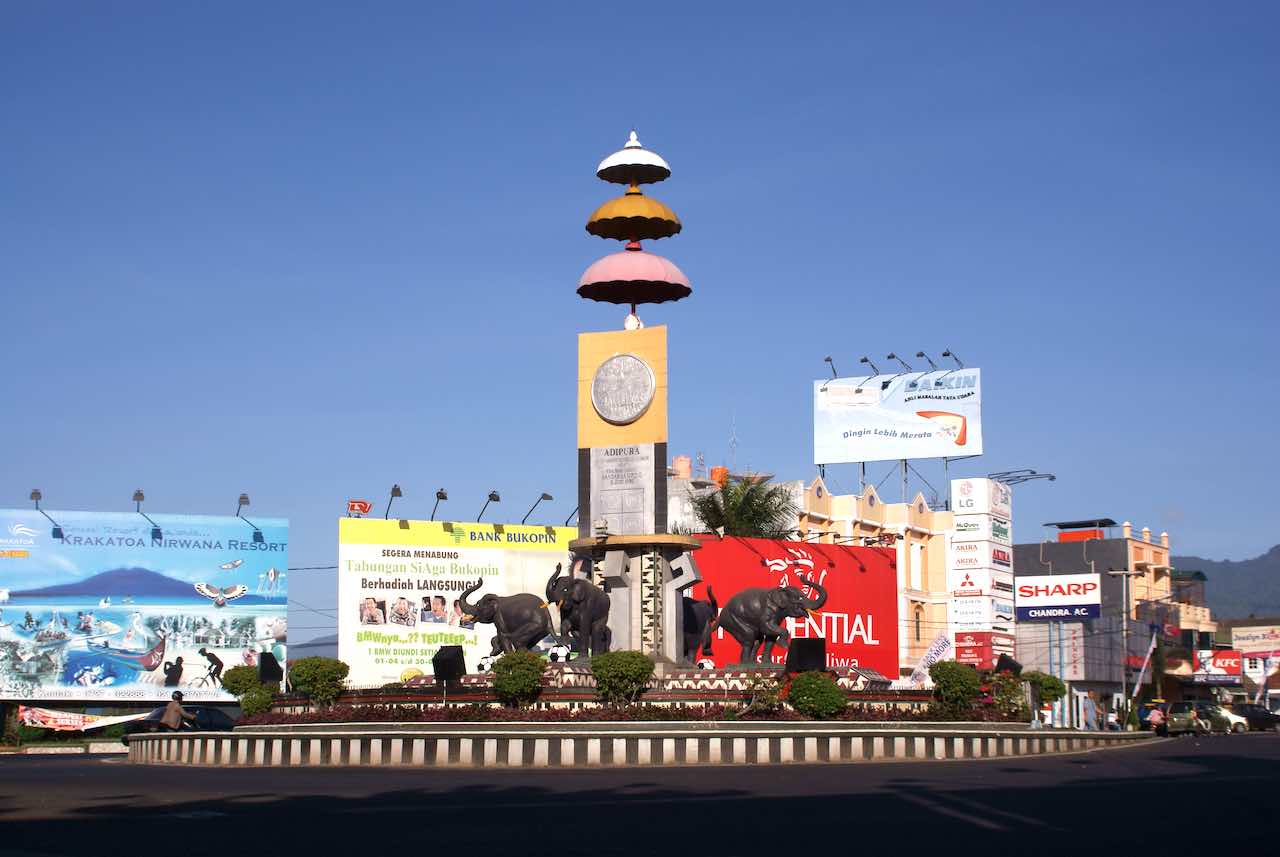
In recent years, Indonesia has shown tremendous potential as a key market for Out-of-Home (OOH) advertising in Southeast Asia. With a combination of economic growth, rapid urbanization, high digital penetration, and a visually driven culture, Indonesia is now in the spotlight for global brands looking to expand their presence in Asia.
1. The Largest Consumer Market in Southeast Asia
Indonesia is the fourth most populous country in the world and the largest in Southeast Asia. With over 270 million people—most of them young, socially active, and digitally engaged—the demand for brand experiences in public spaces is rapidly increasing in major cities such as Jakarta, Surabaya, Bandung, and Medan.
Fact: According to Google’s e-Conomy SEA report, Indonesia is projected to become the largest digital economy in the region, valued at USD 150 billion by 2025.
2. Rapidly Growing OOH Infrastructure
Over the last decade, Indonesia has invested heavily in developing transportation infrastructure and public spaces. This has created major opportunities for OOH advertising in strategic locations, such as:
- Toll roads and major urban highways
- International airports like Soekarno-Hatta, Ngurah Rai, and Kualanamu
- MRT, LRT, and TransJakarta stations
- Shopping malls and business districts
With these developments, OOH providers can now offer various formats—from traditional billboards to dynamic digital media (DOOH).
3. The Rise of Digital Out-of-Home (DOOH)
Digital transformation is driving the expansion of DOOH advertising, enabling integration with technologies like audience data mapping, geo-targeting, and real-time analytics. DOOH in Indonesia is ideal for global brands seeking measurable, adaptive campaigns.
Example: An interactive DOOH campaign in Jakarta that changes its messaging based on weather data or trending local hashtags in real time.
4. Cost-Effective Reach and Visibility
Compared to major global cities like Tokyo, Singapore, or London, media costs for OOH in Indonesia’s major cities are relatively lower, while still reaching large audiences. This makes Indonesia a highly attractive market from a cost-efficiency standpoint.
5. Visually Responsive Consumer Behavior
Indonesian consumers are highly responsive to bold visual branding, especially in public spaces. The combination of a strong visual culture and the social media sharing habits of the population creates high viral potential for creative OOH campaigns.
6. Post-Pandemic Momentum and Growing Tourism
Following the pandemic, the OOH sector in Indonesia has seen significant recovery alongside the return of public mobility and an uptick in both domestic and international tourism. Destinations like Bali, Labuan Bajo, and Yogyakarta are prime locations for OOH campaigns targeting global travelers.
Conclusion
Indonesia is not just the largest consumer market in Southeast Asia—it is a powerhouse for OOH advertising growth. With evolving infrastructure, integrated digital technology, and a vibrant, youthful population, Indonesia presents strategic opportunities for global brands to establish a bold and effective presence. For international companies looking to enter or expand in Southeast Asia, Indonesia is the next big stage for large-scale, high-impact OOH campaigns.
















